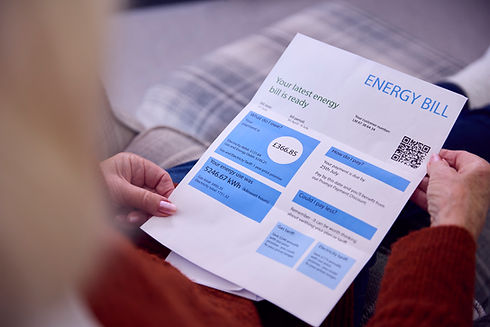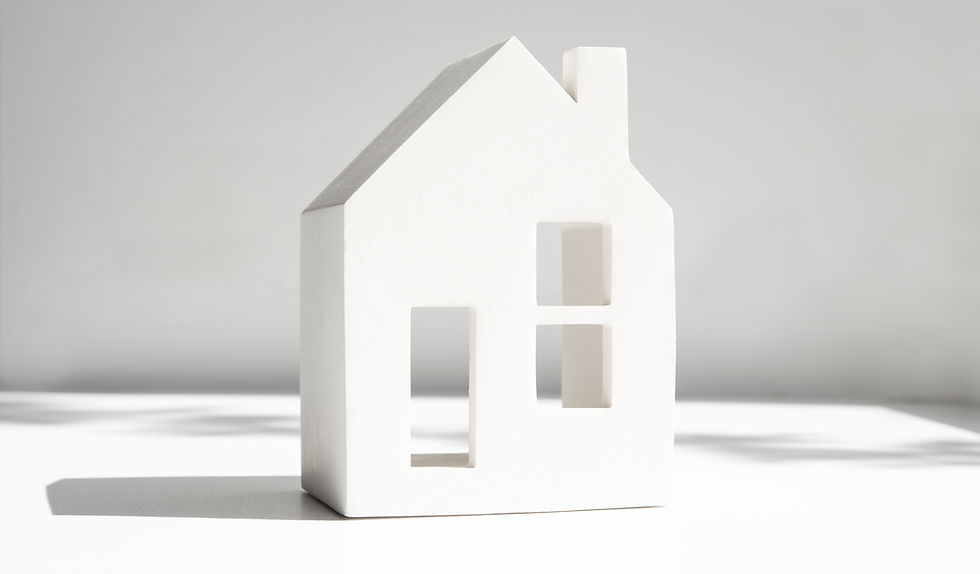What is the Great British Insulation Scheme (GBIS) ?
The Great British Insulation Scheme (GBIS) is a fantastic initiative aimed at making UK homes more energy-efficient and eco-friendly by offering free home insulation.
Through this scheme, homeowners can get insulation for their walls, lofts, and floors, ensuring their homes stay warm and cozy. It’s especially beneficial for homes that need it the most, determined by their Energy Performance Certificate (EPC) rating and Council Tax bands.
Not only does better insulation mean lower energy bills, but it’s also great for the environment. By using less energy to keep our homes warm, we’re helping to protect our planet. So, it’s a win-win for your wallet and the Earth!
Who is eligible for the GBIS scheme?
General Qualification
Council Tax band A-E
(Wales & Scotland)
Council Tax band A-D (England)
AND
EPC Rating between D-G
Low Income Group Qualification
EPC Rating between D-G
AND
In receipt of one of the following benefits view here
Not sure of your EPC Rating or Council tax band? No problem, contact us and we'll check for you

Where is MOST heat lost from your home?

Roof
25%
Walls
35%
Windows
10%
Doors
15%
How can ECO Power Anglesey support you?
Our goal is to assist you in obtaining a government-led grant known as ECO Funding. We offer access to a variety of FREE heating and insulation grants including the Eco4 Scheme, to make your home warmer and more cost-efficient to heat.
These grants are available at no charge if you receive any state benefits or even if you do not, thanks to a Local Authority Grant called ECO Flexible Eligibility.
Our mission is to simplify the process for you, providing clear and transparent guidance every step of the way.

ECO Power Anglesey specialise in a whole house retrofit, but what does this mean?
In the current era of rising energy costs and an urgent need to mitigate climate change, homeowners must prioritize making their properties energy-efficient. The journey towards an eco-friendly home often involves various independent upgrades, but these can sometimes result in a disjointed approach that doesn’t maximize energy conservation. To achieve the best results, a whole house retrofit is often recommended. This involves a comprehensive plan that integrates all aspects of the building to ensure it operates as efficiently as possible.
Energy Efficiency in UK Homes: Past and Future
The UK has made significant strides in improving home energy efficiency. The Energy Company Obligation (ECO) initiative, launched in 2013, aims to reduce carbon emissions through home improvements. By 2019, nearly 880,000 homes had been upgraded, preventing approximately 38 million metric tons of CO2 from being emitted and achieving lifetime energy savings of 150,600 GWh . This initiative, along with the Renewable Heat Incentive (RHI), underscores the importance of reducing energy consumption and increasing the use of sustainable energy sources.
Understanding Whole House Retrofit
A whole house retrofit is an integrated approach to home improvement that ensures all components work together for maximum energy efficiency. This strategy takes into account the overall structure, air quality, damp management, and ventilation, preparing the home for a low-energy future and often leading to a near-carbon-neutral state.
Key Stages of a Whole House Retrofit:
-
Maintenance: Ensure the property is in good condition before starting any improvements.
-
Moisture Consideration: Assess and manage moisture levels effectively to prevent damp issues.
-
Ventilation: Implement adequate ventilation to control humidity and maintain air quality.
-
Materials Audit: Select materials that are suitable for the building, considering aesthetics, heritage, and maintenance.
-
Damp Management: Address and fix the causes of damp, such as foundation issues or leaks.
-
Thermal Bridging: Identify and correct areas with inconsistent heat absorption to ensure even temperature control throughout the home.
This methodical approach ensures that each upgrade supports the overall energy efficiency of the property, avoiding issues that can arise from isolated improvements .
Why Choose a Whole House Retrofit?
Individual upgrades can sometimes have unintended consequences. For instance, sealing a chimney or replacing windows might reduce heat loss but could also impede ventilation, leading to moisture buildup and potential damp problems. A whole house retrofit ensures a coordinated approach where each improvement is planned to enhance the overall efficiency and condition of the home .
Benefits of a Whole House Retrofit
-
Compliance with PAS 2035 Standards: Ensures that retrofits meet high-quality standards.
-
Improved Energy Efficiency: Leads to significant reductions in energy consumption and costs.
-
Enhanced Property Condition: Results in a well-maintained home that is free of damp and other issues.
-
Excellent Ventilation and Temperature Control: Creates a comfortable living environment with good air quality.
-
Long-term Savings: Reduces maintenance costs and energy bills over time .
Conclusion
Incorporating a whole house retrofit not only improves the energy efficiency of a home but also enhances its overall condition and livability. By addressing all aspects of the building in a coordinated manner, homeowners can achieve significant energy savings, reduce their carbon footprint, and enjoy a more comfortable, healthier living environment. The UK’s commitment to energy efficiency through initiatives like the ECO and RHI provides a robust framework for homeowners to make these essential improvements.


